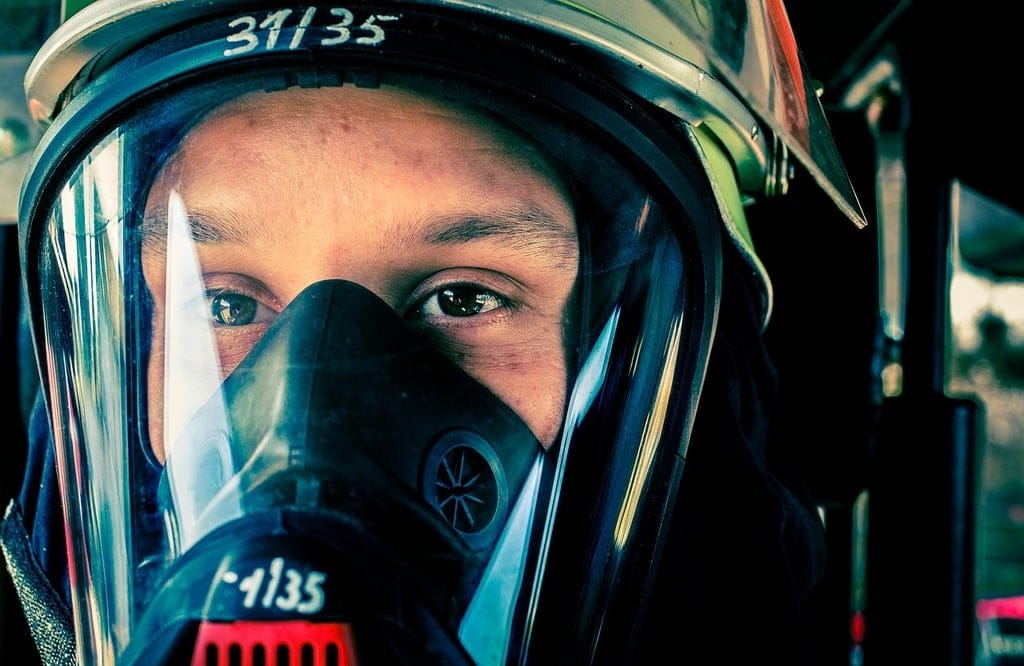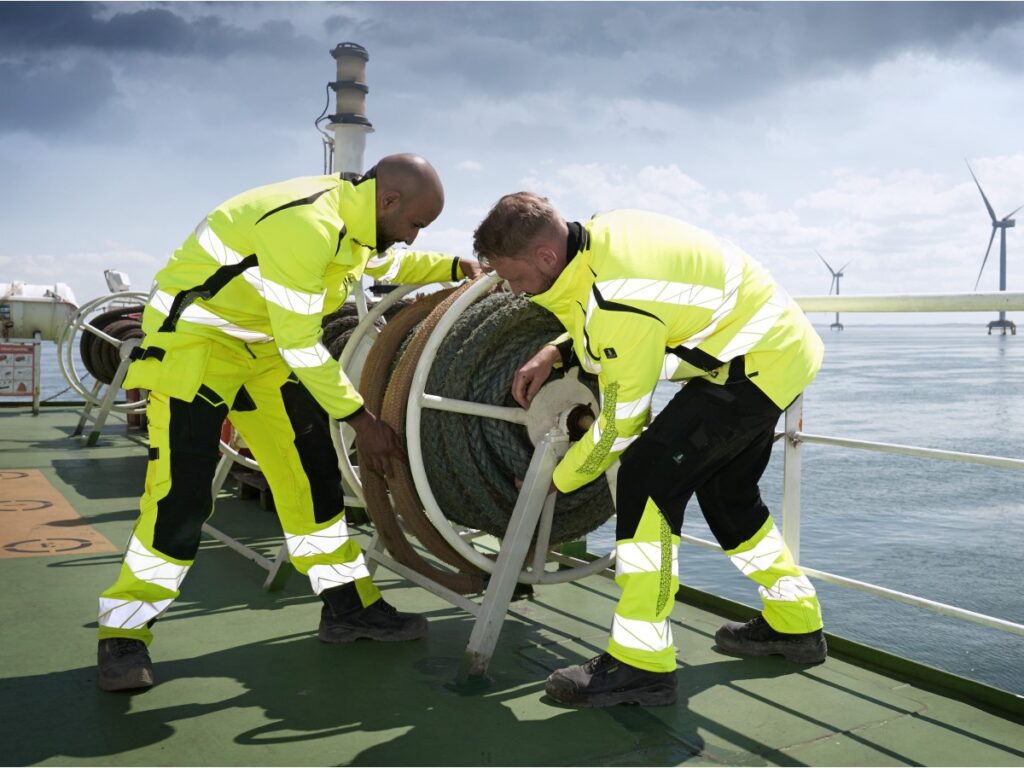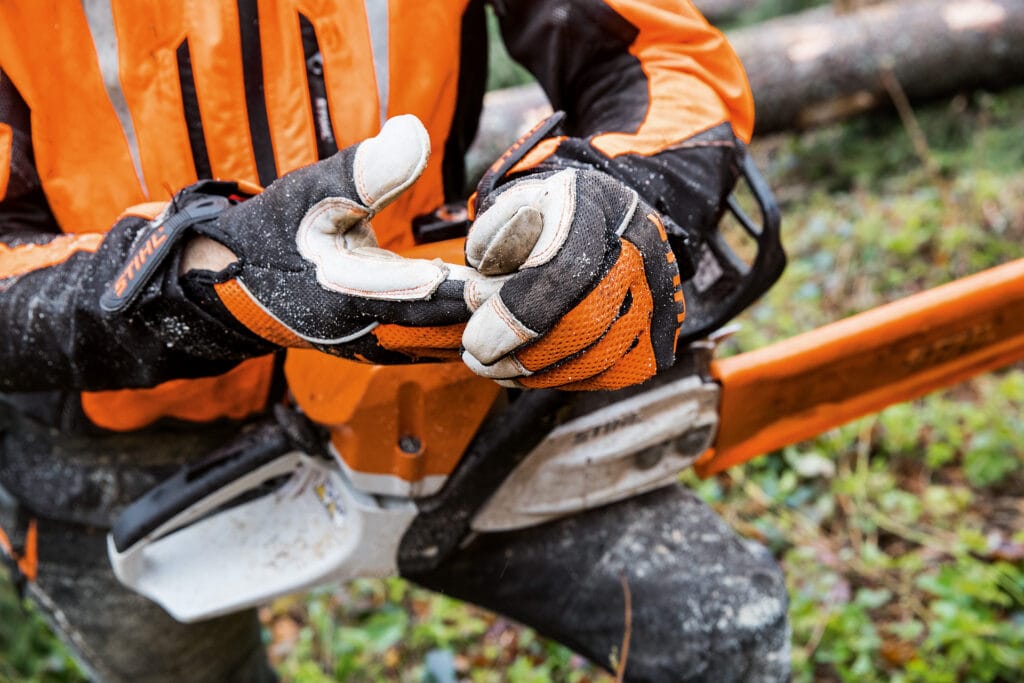
In industrial settings, a uniform isn’t just what you wear—it’s your first line of defense.
Whether you’re in metal fabrication, petrochemicals, heavy logistics, or utility maintenance, your team’s uniform must do more than identify—it must protect, comply, and perform.
Here’s how to choose the right industrial workwear for safety, comfort, and regulatory compliance.
Why Industrial Work Uniforms Matter
In high-risk environments, everyday clothing isn’t enough. Industrial uniforms must:
- Comply with safety regulations (OSHA, EN, NFPA)
- Resist hazards like flames, chemicals, abrasion, or electrical arcs
- Allow workers to move, bend, and operate machinery safely
- Withstand repeated washing, heavy use, and exposure
- Provide visibility in dark or busy worksites
🧤 The right uniform prevents injury. The wrong one invites disaster.
Core Safety Features of Industrial Work Uniforms
Depending on the job, you may need uniforms with one or more of the following:
| Feature | What It Protects Against | Common Standards |
|---|---|---|
| Flame Resistance (FR) | Flash fires, sparks, welding heat | NFPA 2112, EN ISO 11612 |
| Arc Flash Protection | Electrical arc energy (shock + thermal burns) | ASTM F1506, NFPA 70E |
| High Visibility (Hi-Vis) | Poor lighting, moving vehicles | ANSI/ISEA 107, EN ISO 20471 |
| Anti-Static / ESD Control | Electrostatic buildup in flammable environments | EN 1149-5 |
| Chemical Resistance | Liquid splash or chemical mist exposure | EN 13034, ISO 6530 |
| Cut / Tear Resistance | Sharp tools, metal edges | EN 388 (Gloves), reinforced panels |
✅ Select the right protection level based on risk assessment, not just a product catalog.
Choosing the Right Material for Industrial Uniforms
Material choice affects protection, breathability, and durability.
Common Industrial Fabrics:
| Material | Pros | Best Use |
|---|---|---|
| Cotton / Cotton Blends | Breathable, affordable, limited flame protection | Light-duty roles, short wear time |
| Inherent FR (e.g. Nomex®, Modacrylic) | Permanent flame resistance, durable | Electrical, welding, refinery |
| Treated FR Cotton | Flame resistance through chemical treatment | Budget-friendly FR, general use |
| Polyester / Nylon Blends | Tear strength, flexibility—but may melt | Use only if FR-treated |
| Hi-Vis Reflective Tape + Mesh | Visibility in dark, dusty environments | Construction, roadwork, warehouse |
⚠️ Avoid 100% polyester in heat-risk jobs—it can melt and worsen burns if not properly treated.
Key Functional Design Features to Look For
- Triple-stitched seams for reinforcement
- Hidden snaps or covered zippers for arc/FR protection
- Tool loops and utility pockets for easy access
- Knee pad inserts or reinforced zones for crawl-space work
- Breathable vents or underarm mesh for hot environments
- Elastic waistbands or stretch zones for flexibility
✅ These features make daily work safer and more productive.
Compliance You Can’t Afford to Ignore
| Regulation | Applies To | You Need… |
|---|---|---|
| OSHA 1910.132 | General PPE requirements in the U.S. | Employer-provided PPE based on hazard |
| NFPA 2112 / 70E | Oil & gas, electrical arc risks | Certified FR and arc-rated garments |
| EN ISO 20471 | Roadside and high-traffic zones | Hi-vis garments with minimum reflectivity |
| EN ISO 11612 | Heat and flame exposure | A1–F ratings for various thermal risks |
| EN 1149-5 | Explosive or flammable zones | Anti-static certified materials |
✅ Ask your supplier for test reports, CE certificates, and garment labels before purchasing.
Smart Layering Strategy for Varying Conditions
Often, one uniform isn’t enough—build a layered system:
-
Base Layer:
- Moisture-wicking, FR-rated long-sleeve shirt
- Avoid synthetic underwear
-
Mid Layer (Optional):
- Insulated vest or fleece for cold weather
-
Outer Layer:
- FR coverall or hi-vis jacket depending on exposure
✅ Layering provides flexibility and consistent protection across changing environments.
What to Ask Before Ordering
- What specific hazards do my workers face?
- Are garments compliant with international or local standards?
- Do I need certified FR, anti-static, or hi-vis features?
- Will garments be used indoors, outdoors, or both?
- Are uniforms designed for daily wear and heavy washing?
- Can I get custom branding without affecting compliance?
At workwearsolutions, we tailor industrial uniforms to your worksite—not just your catalog.
Conclusion
Industrial workwear is part safety equipment, part productivity tool, and part brand signal.
Choosing the right material, cut, and compliance level isn’t a luxury—it’s your responsibility.
As a buyer:
- Understand the specific risks of your industry
- Choose materials and features that protect, not just cover
- Confirm certification, comfort, and durability before buying
Need help selecting compliant, comfortable uniforms for your industrial team?
We’ll help you gear up with garments that work as hard as your crew does.
📩 Contact: [email protected]
🌐 Visit: www.workwearsolutions.net
Zion Zhang
Recent Posts
 PPE Distributor Success Stories: From Small Orders to Large Contracts2025年8月20日I’ll never forget the story of a small distributor in […]
PPE Distributor Success Stories: From Small Orders to Large Contracts2025年8月20日I’ll never forget the story of a small distributor in […] How to Build a Strong PPE Sales Channel in Emerging Markets: A Buyer’s Guide2025年8月20日I was in a meeting with a distributor from Lagos, Nigeria, […]
How to Build a Strong PPE Sales Channel in Emerging Markets: A Buyer’s Guide2025年8月20日I was in a meeting with a distributor from Lagos, Nigeria, […] PPE Supplier Risk Management: How to Avoid Supply Chain Failures2025年8月20日One of the most valuable lessons I’ve learned in the PPE […]
PPE Supplier Risk Management: How to Avoid Supply Chain Failures2025年8月20日One of the most valuable lessons I’ve learned in the PPE […] PPE Quality Inspection: Buyer Case Studies2025年8月20日When you’re sourcing PPE from international suppliers, […]
PPE Quality Inspection: Buyer Case Studies2025年8月20日When you’re sourcing PPE from international suppliers, […] PPE Negotiation Tactics for Emerging Markets: A Buyer’s Guide2025年8月20日When I first started working in the PPE industry, I learned […]
PPE Negotiation Tactics for Emerging Markets: A Buyer’s Guide2025年8月20日When I first started working in the PPE industry, I learned […] Customizing Workwear & PPE for Local Markets: A Practical Guide2025年8月20日When I first started working in the PPE industry, I saw a […]
Customizing Workwear & PPE for Local Markets: A Practical Guide2025年8月20日When I first started working in the PPE industry, I saw a […]
CONTACT US
- Feel free to contact us any time. We will get back to you as soon as we can!
- +86-17330061805
